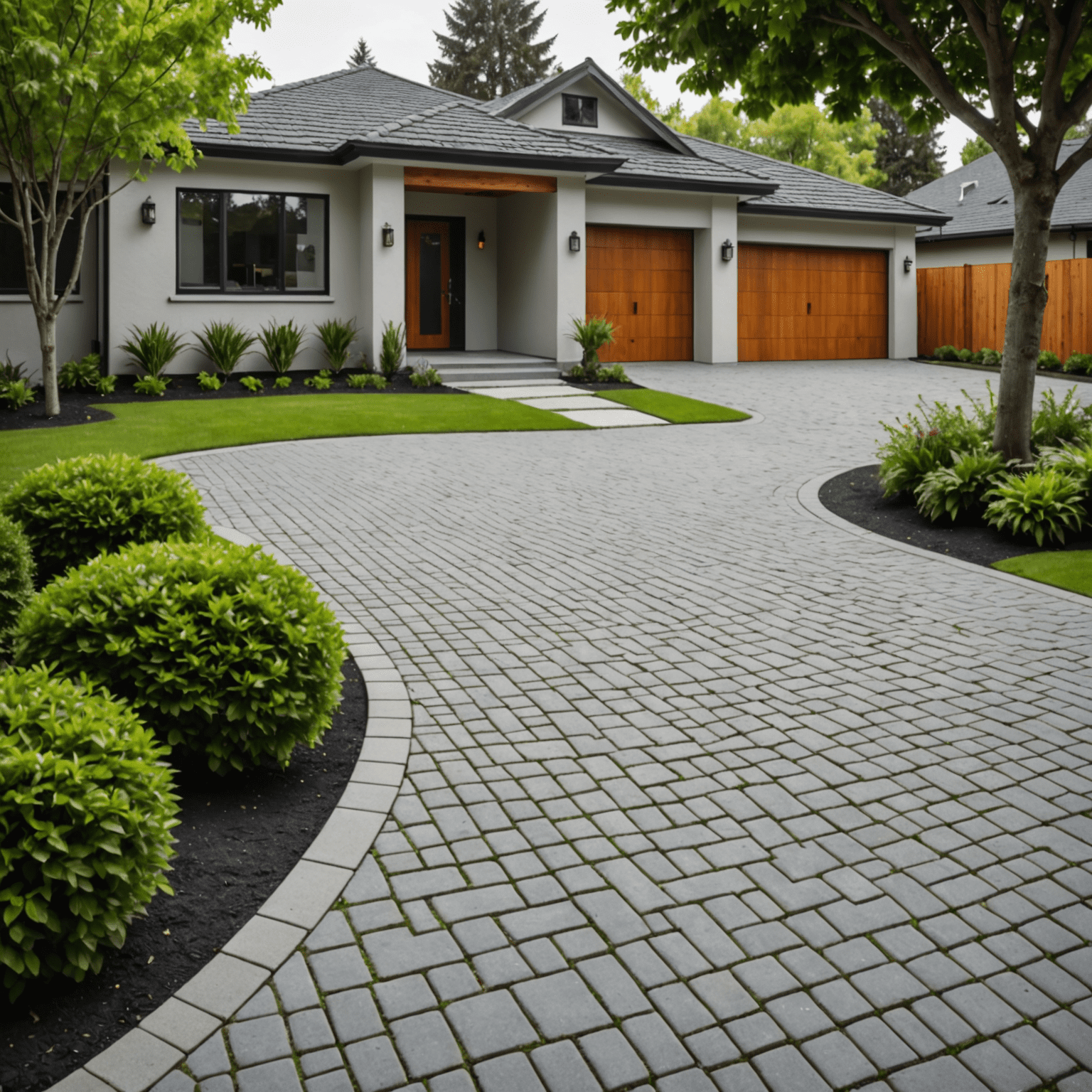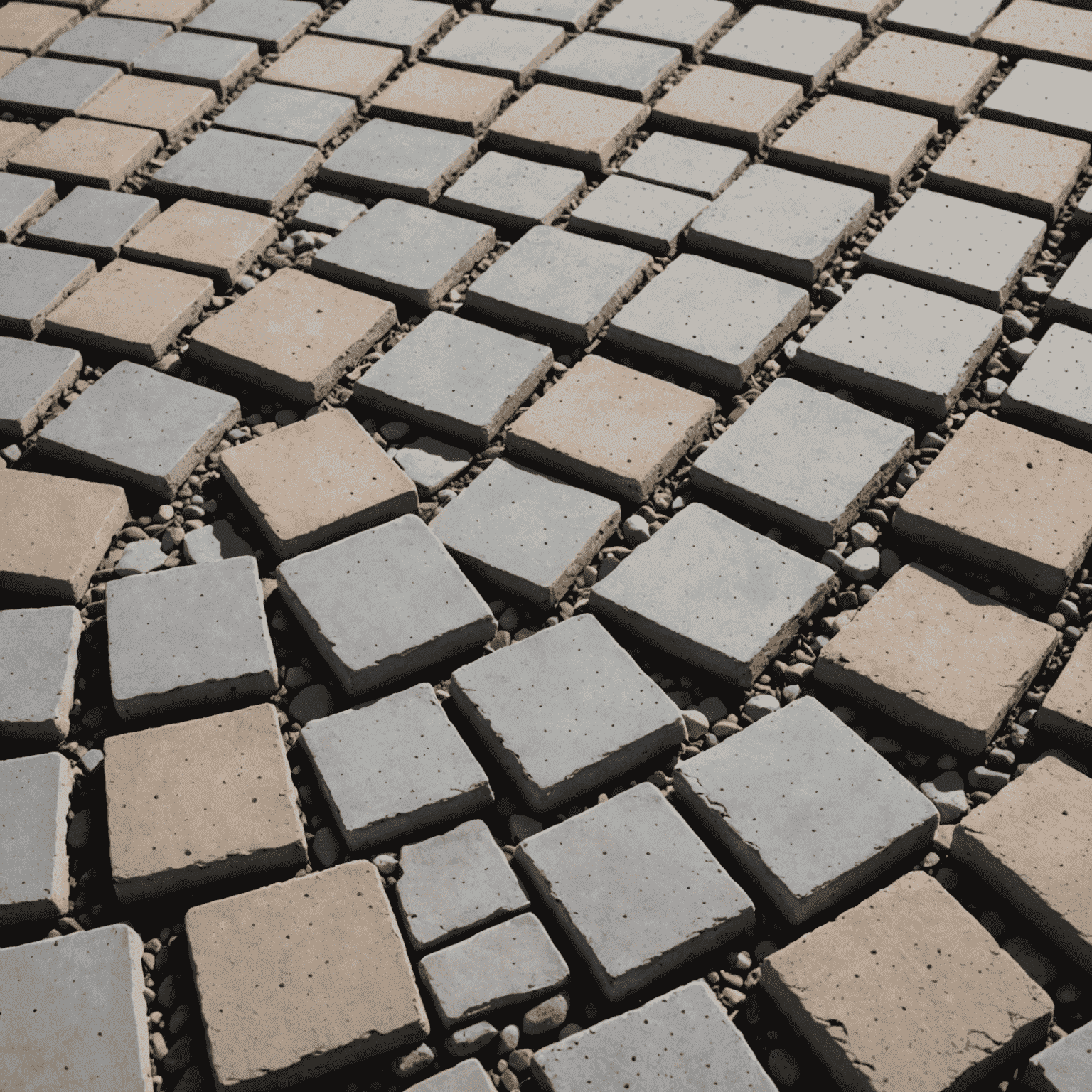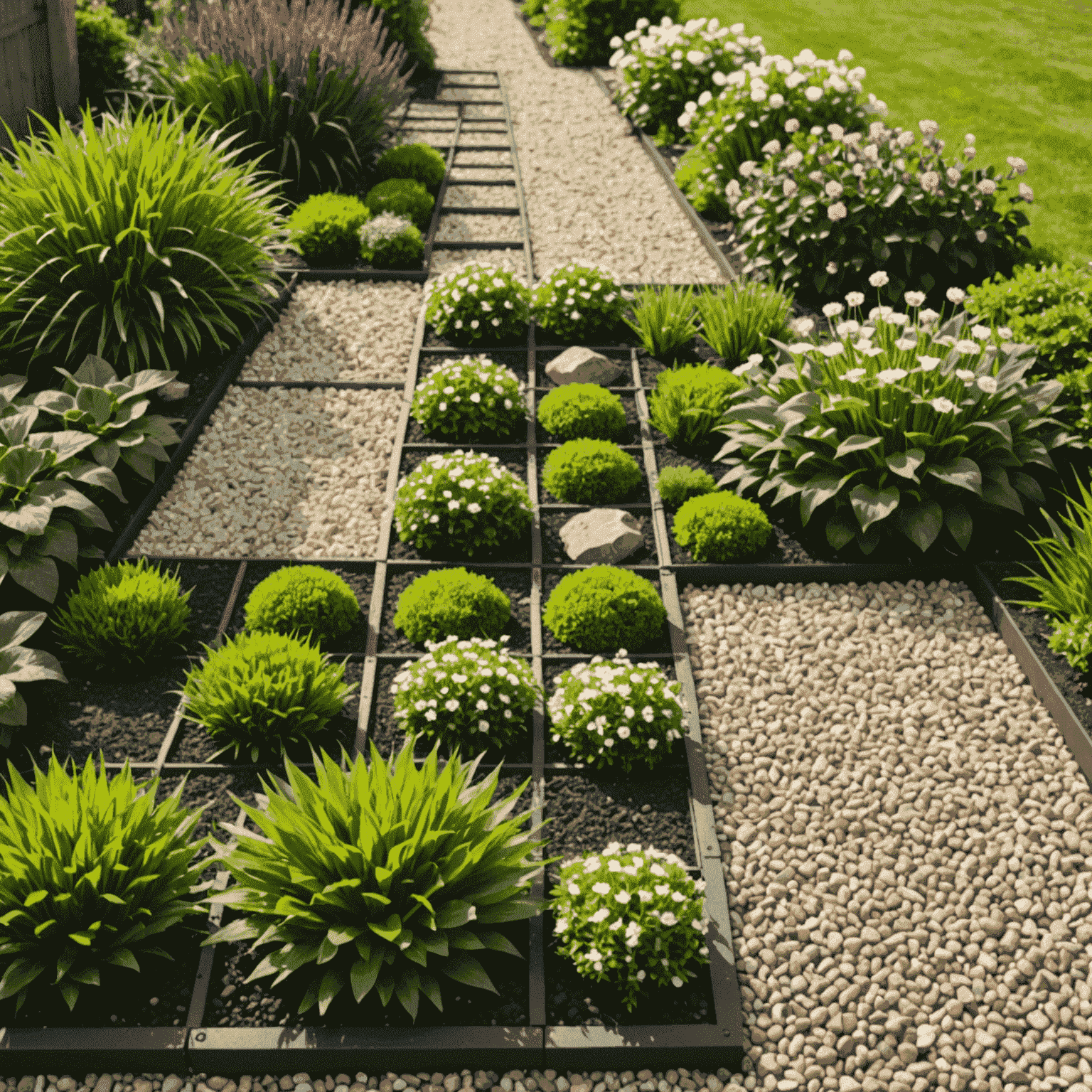Permeable Paving Solutions
Discover how permeable paving can revolutionize your outdoor spaces, improving drainage and reducing surface water accumulation. These innovative solutions not only enhance the functionality of your landscape but also contribute to sustainable water management practices.

Explaining Permeable Paving?
Permeable paving is a type of surface that allows water to pass through it, rather than running off. This innovative approach to landscaping helps manage stormwater, reduce flooding, and replenish groundwater supplies. It's an excellent solution for homeowners looking to improve their yard drainage and contribute to sustainable water management practices.
Benefits of Permeable Paving
- Reduces surface water runoff and flooding risks
- Improves water quality by filtering pollutants
- Recharges groundwater supplies
- Reduces the need for traditional drainage systems
- Can help prevent ice formation in cold climates
- Environmentally friendly and sustainable
Types of Permeable Paving Solutions
1. Permeable Interlocking Concrete Pavers
These pavers are designed with small gaps between them, allowing water to seep through to a gravel base below. They're ideal for driveways, patios, and walkways.

2. Porous Asphalt
Similar to traditional asphalt but made without fine particles, allowing water to pass through. It's excellent for large areas like parking lots or long driveways.
3. Pervious Concrete
This special type of concrete is made with larger aggregates and no sand, creating a porous structure that water can easily penetrate.
4. Plastic Grid Systems
These systems use interlocking plastic grids filled with gravel or grass, providing a sturdy surface while allowing excellent drainage.

Implementing Permeable Paving in Your Landscape
When considering permeable paving for your outdoor spaces, keep these factors in mind:
- Site Assessment: Evaluate your property's soil type, slope, and existing drainage patterns.
- Choose the Right System: Select a permeable paving solution that suits your needs and complements your home's aesthetic.
- Professional Installation: Ensure proper installation by employing experienced contractors familiar with permeable paving systems.
- Maintenance: Regular cleaning and occasional resealing will keep your permeable paving functioning effectively for years to come.
Conclusion
Permeable paving solutions offer an excellent way to manage water drainage in your outdoor spaces while adding beauty and functionality to your landscape. By implementing these innovative systems, you're not only improving your property but also contributing to sustainable water management practices in your community.
Pro Tip:
Combine permeable paving with other drainage solutions like rain gardens or bioswales for a comprehensive approach to water management in your yard.